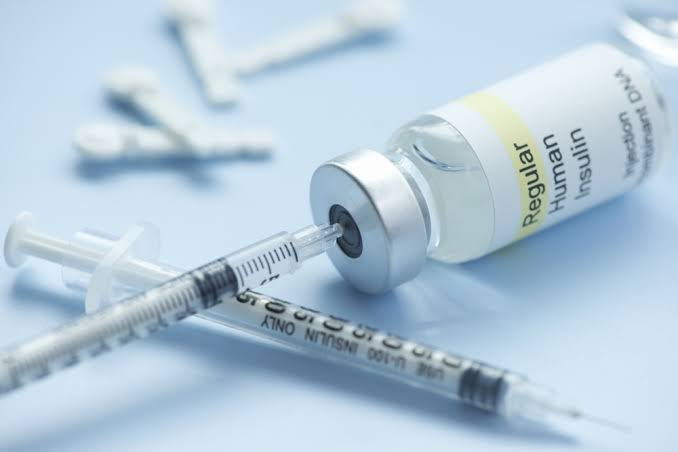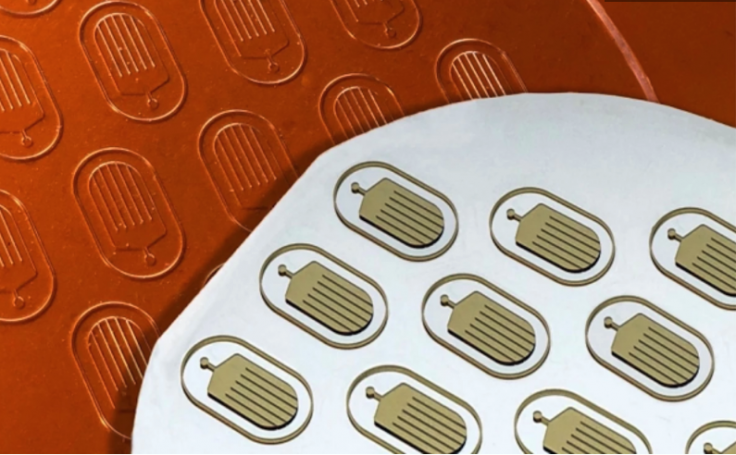More than 415 million people are estimated to be suffering from diabetes across the globe. Until today, the most common treatment for the disease has been to either manage the disease with a carefully controlled diet or taking regular insulin injections, if required.
However, in a huge breakthrough for medical science, a team of researchers from MIT might have finally discovered a way to treat the disease.
Insulin-producing implantable cells
People suffering from Type 1 diabetes often require regular injections of insulin, the hormone that controls the blood sugar level in the human body, as their pancreas does not generate enough or any insulin at all.

Now, researchers at MIT have developed a new type of implantable cell that can take care of this problem by overcoming rejection by the host's immune system and produce the necessary hormone from within the body.
Overcoming the human body's rejection
Over the last two decades, a small number of diabetics have been receiving what is known as pancreatic islet cell transplantation. These are cells that produce insulin in a functional pancreas of a healthy individual and by implanting them into diabetic patients, they can take over their duties and keep the body's blood sugar level in check, eliminating the need for regular insulin injections.
However, this type of treatment isn't used more widely as in the majority of cases, it has lead to complications. Their immune system identifies the transplanted cells as dangerous invaders and attacks them and although there are drugs that can suppress this immune response, they can lead to more serious side effects
Therefore, getting pancreatic islet cells to survive the entire process of transplantation and function was the main objective of researchers in the field.
How does it work?
MIT researchers designed a device that encapsulates the cells in a protective shell made using a silicon-based material, combined with a porous membrane. These pores are large enough to allow nutrients, oxygen, and insulin to move freely through the membrane, but small enough to ensure immune cells that attack the implanted cells cannot enter.

The team tried out the technology with some help from diabetic mice. The scientists implanted the cells packed with the protective device in the mice and found them to maintain healthy blood glucose levels for more than 10 weeks.
Can be used to treat other diseases as well
While the teams current focus lies on using the technology to treat diabetes and improve the survival of transplanted islet cells, they hope to use the device to create "living drug factories" that can treat other chronic diseases as well.
"The vision is to have a living drug factory that you can implant in patients, which could secrete drugs as-needed in the patient," says Daniel Anderson associate professor of chemical engineering and senior author of the study.









